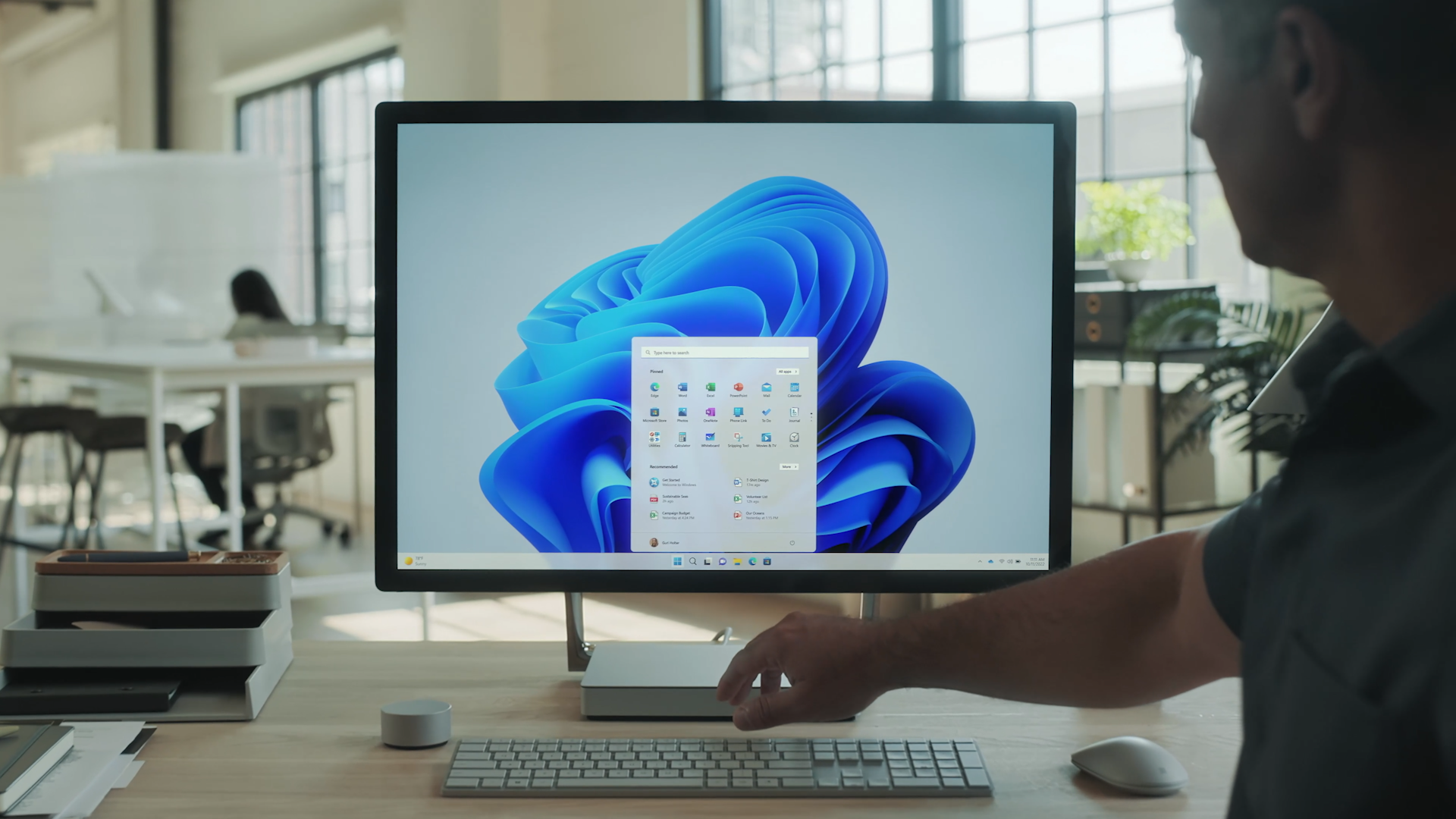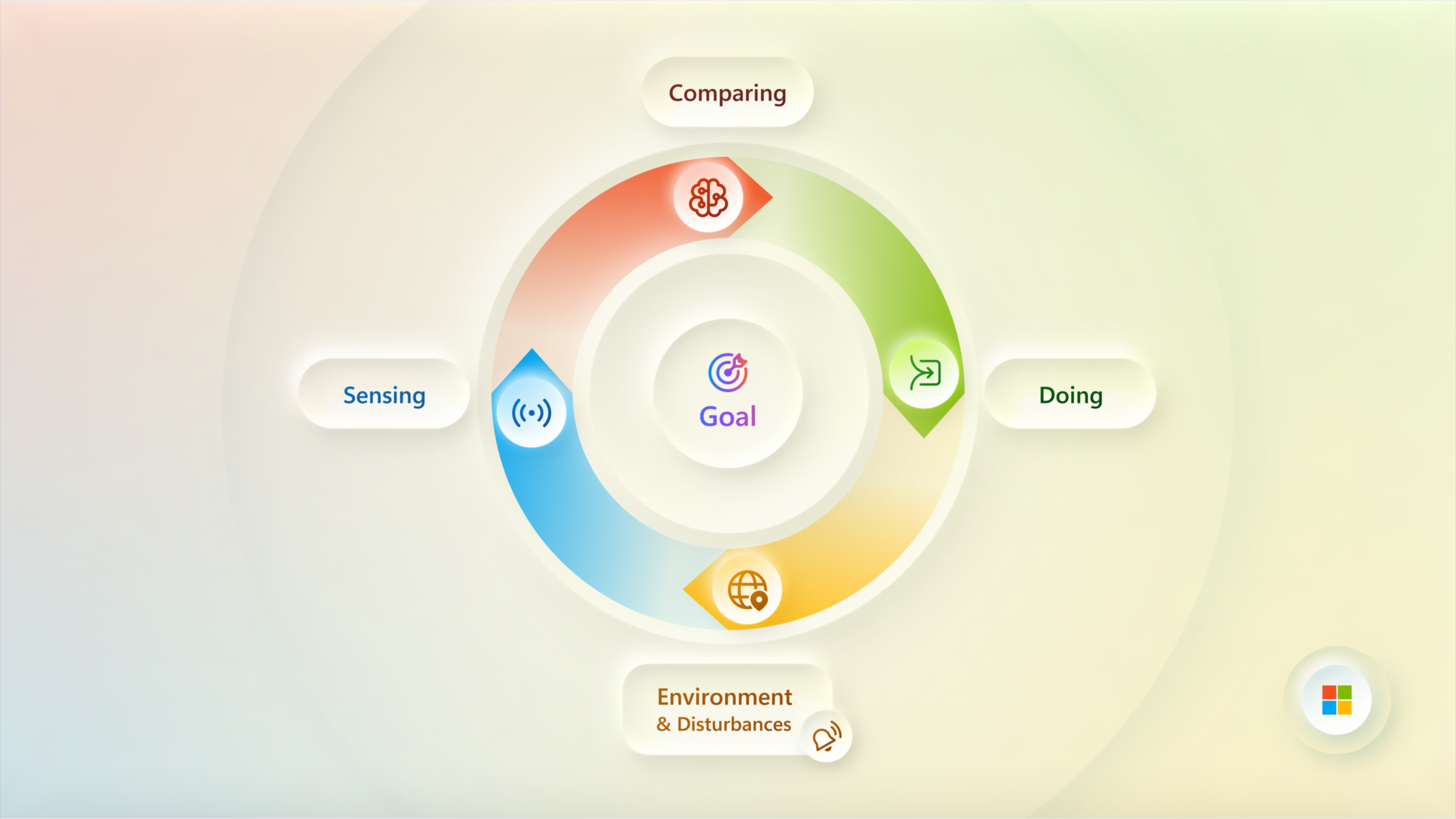Design systems for the AI era
How we’re building the tools to build the future

A conundrum about designing for the future is that you don’t know what it will ask of you until it’s here. Sometimes, it comes at you steadily enough to prepare but other times—like the rapid rise of generative AI—the future bangs on the door and has its feet on the table before you can even say hello. Today, two years into the biggest technological sea change in our lifetimes, the AI era is asking that we redefine design systems and push the boundaries of what they can be.
Traditional design systems have been great work horses, empowering product makers to craft unified visual and consistent experiences, particularly when it comes to visual styles. You can’t build the future with the tools of the past, however, and as the ground rule for how someone interacts with technology—and the layer that adapts technology to people—a design system must be clear, easy to use, and anchored in a technology’s full potential. With AI, we can craft conversational systems that adapt and understand each of us personally, growing more attuned to our needs, rhythms, and goals over time. That requires a system that accounts for brand new elements like agents, actions, and adaptive controls, none of which a traditional design system does.
At Microsoft, the journey to build Copilot and reinvent productivity has laid the groundwork for a design system of the future—one that will transform the role of AI and reshape the very notion of a design system. Steadily emerging is a system of systems that is intelligent and interactive, with a rich, layered understanding. It goes beyond surface aesthetics into something that changes and grows as you do, operating not just through commands, but ongoing and evolving conversations. It also flexes beyond Design, supporting cross-disciplinary collaboration based on emergent model capabilities and fine tuning because that’s the future of fast and agile product development. Based on our learnings so far, here are some key elements of a design system to carry us into the future.
A Living System for Human Patterns
The foundation of an AI-first design system is not about colors, grids, or pixel alignment. It is about supporting fundamental human patterns: adaptability, context, and memory. With mobile or desktop interfaces, user actions typically follow a predictable pattern, but AI introduces nondeterministic outcomes that are conversational, context-aware, and adaptable. We’re not just designing for the visible and static, but for the unseen, dynamic, and intelligent. Our systems must understand context, intent, and even nuance—particularly if they’re to be adaptive and personalized.
Life constantly changes on micro and macro levels and human needs alongside them, often unpredictably. AI-driven systems can personalize experiences in real time, leveraging “updatable memory” to remember context and make each interaction more relevant than the last. This kind of design system can carry on a conversation with a person and then use that information to provide recommendations or automate tasks over time. For example, imagine telling your AI assistant, “Give me an update on Project X from this team every morning,” and then having that happen automatically, evolving with the project itself.
Best of all, progress will compound over time, including recognizing when a project is ephemeral. If you stop paying attention to updates on Project X, the system will reduce the number of updates until it fades into the background. Your AI assistant will be increasingly proactive in offering these kinds of updates—based on your shifting context—in anticipation of when you will or won’t need them. This applies to the meeting you have next week, the documents you are reading and sharing, the people you are connecting with, the projects and priorities you are discussing, and more.
Natural Language Meets GUI: A New Kind of Hybrid
One of the most profound shifts in this design system is the integration of natural language alongside the graphical user interface (GUI). Where mobile design primarily introduced touch, the age of AI introduces the ability to command systems through natural, conversational language. Imagine the possibilities when you can move seamlessly from typing or speaking “Show me a graph of sales projections based on our data for the next three months,” and then getting a live graph that you can interact with and change the parameters to see different results in real time.
In this world, objects and containers—tables, pages, charts—are no longer static structures. They become dynamic spaces that adapt to a person’s needs, created on the fly and seamlessly evolving as information flows in. You might begin by asking, “Summarize my project updates.” Then, with a few conversational commands, you can turn that into a fully interactive dashboard where others can contribute, and AI can continuously update it based on new data.
This blending of natural language and GUI allows us to rethink traditional interface controls, designing more for spectrums than binaries. For example, an AI-infused slider might allow you to “make this image happier,” changing brightness, color tones, and even facial expressions with intuitive ease. Sure, you could create those results via command and control, but it’s slow, tedious, and unintuitive. These are more than mere style adjustments; they’re new layers of meaning drawn from context that AI brings to human-computer interaction.
A New Kind of Design System Language: Actions, Verbs, and Adaptable Controls
In an AI-first design system, verbs and actions take on a new level of importance. We’re designing for interactions that go far beyond “click” or “drag”; we’re creating interfaces that support verbs like “summarize,” “automate,” “create,” and even more nuanced actions like “make it friendlier” or “go deeper.” Some of these actions can be generated on the fly, adapting to the specific context and preferences of the user.
AI also enables us to think differently about user intention and agentic ways to support it. Consider a user who needs to automate an end-of-week summary across multiple documents. In an AI-first system, a simple command like “Summarize my week” could kick off a sequence of actions, parsing through data, identifying patterns, and generating insights without requiring the user to micromanage each step. With AI acting on your behalf, this more fluid and dynamic experience allows users to work at a higher level of abstraction, focusing on goals rather than granular commands.
Agents and Orchestration: The Future of Digital Workforces
A UX framework for agents is particularly interesting because it’s one of the least defined and most complex spaces. An “agent” is an AI capable of performing deep and complex tasks, but are we building for an expert agent with deep expertise or a jack-of-all-agents performing multiple tasks? Does this agent work alone or with other agents? Moreover, each agent might be tied to specific data sources, models, or expertise areas.
A design challenge here is understanding how to orchestrate an AI “workforce” where agents can collaborate to achieve goals, while remaining easy for customers to manage. A user could interact with a primary AI that helps them delegate tasks to other agents, creating a virtual team that combines human input with AI assistance. This design model requires us to think about the orchestration of AI, people, and resources in a way that’s seamless, intuitive, and allows for a myriad of configurations.
The AI-first design system is a collaborative ecosystem where agents, people, and tools work together fluidly, without the friction of navigating multiple systems. And while trustworthy experiences are always important, the degree of trust required for agents to be truly helpful is higher than ever before. We need to earn that by ensuring trust is a central concept in the design system. More than a blueprint, a design system is a living ethos to productize critical values like responsibility, privacy, and security.
A Dynamic, Evolving System for a New Era of Design
If you boil any product experience or ecosystem down to its essence, the system is what remains. It’s the architect, conductor, and compass of all experiences and as we shape this new world of design systems, we are charting a course for technology that is personal, responsive, and intelligent. A truly adaptive AI-driven design system goes beyond any mobile or desktop revolution—it fundamentally redefines how people and machines collaborate.
At Microsoft, we are designing for a system that can not only respond but evolve, adapting to each person over time, anticipating needs, and offering intelligent, contextually aware responses. It will meet people where they are and grow with them, transforming not just the technology we use, but how we live and work. The opportunity and challenge are unprecedented, calling on us as designers and UX professionals to push the boundaries of what design systems can be.
At the end of the day, a great design system should be invisible. The goal isn’t for people to rave about our design system. It’s that they start finding themselves more capable, confident, and productive than ever before simply by using AI. You’re the only ones who can tell us if we’re doing this well, so as we continue shaping this new system of systems, let’s keep talking.
Artwork by Karan Singh.
Read more
To stay in the know with Microsoft Design, follow us on Twitter and Instagram, or join our Windows or Office Insider program. And if you are interested in working with us at Microsoft, head over to aka.ms/DesignCareers.

The new Microsoft 365 Copilot mobile experience
How we redesigned the Microsoft 365 Copilot mobile app to create a workspace built around conversation, dialogue, and discovery.

Windows 11 design principles + tenets
Our guiding force behind designing Windows for the AI era

Designing loops, not paths
How cybernetic loops are helping us turn “human in the loop” from a catchphrase into a design practice
